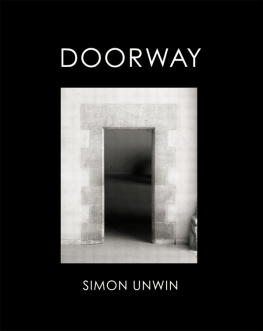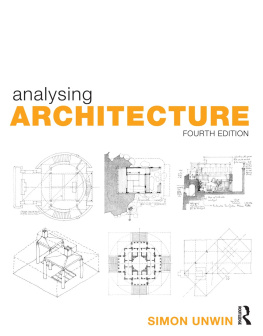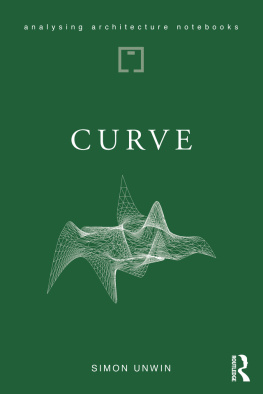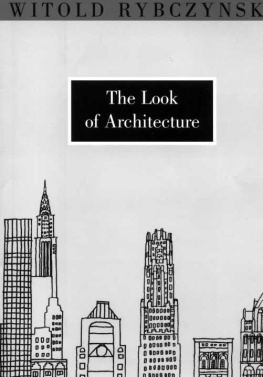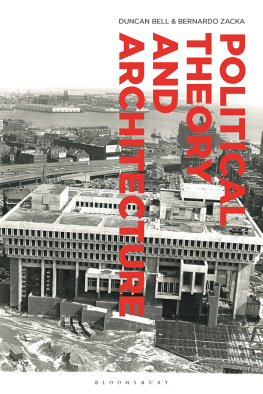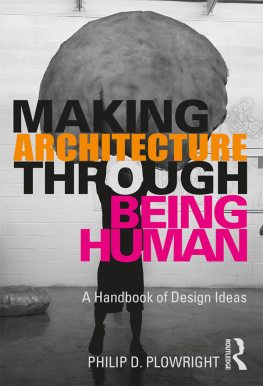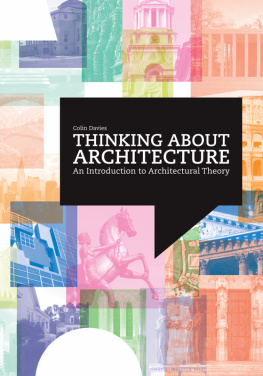DOORWAY
Remember that frisson as you step through a doorway: into a crowded party or a silent church; for a job interview, or into your own home after a long journey. Though we take them for granted, doorways impinge on our lives in many ways. Their thresholds divide up the world, punctuating our movements from place to place and creating fault-lines in our experience. Their mystery intrigues and challenges us. We measure ourselves against them and they set down the geometry of our relationships. Doorways affect our emotions and influence how we behave; sitting on a doorstep, we can find peace just watching the world go by. Framing the transient moment, doorways stand as reminders of the between in which we live. It is no wonder that through human history and across all cultures, doorways have possessed great symbolic power and had ceremonies and rituals associated with them.
Doorway is a profound but accessible and entertaining exploration of the ways our built surroundings set out the spatial matrix of our existence. Using examples from archaeology to the present, and from all around the world, this book provides a fresh and revealing perspective on architecture and its poetry.
Simon Unwin is Professor of Architecture at Dundee University. He has lived and taught in Britain and Australia, and lectured on his work in China, Israel, India, Sweden, Turkey and the United States. His book Analysing Architecture has been translated into Chinese, Japanese, Persian and Spanish.
Related titles by Simon Unwin:
Analysing Architecture
An Architecture Notebook: Wall
Some reviews of Simon Unwins previous book, Analysing Architecture:
Unwin chooses to look at the underlying elements of architecture rather than, as is more usual, at the famous names, styles, movements and chronology of the genre. This rejection of the conventional art-historical approach can lead to interesting conclusions it is all presented cogently and convincingly through the medium of Unwins own drawings.
Hugh Pearman, The Sunday Times
The text has been carefully written to avoid the use of jargon and it introduces architectural ideas in a straightforward fashion. This, I suspect, will give it a well-deserved market beyond that of architects and architectural students.
Barry Russell, Environments by Design
From the campsites of primitive man to the sophisticated structures of the late twentieth century, architecture as an essential function of human activity is explained clearly, and illustrated with the authors own excellent drawings. Highly recommended as a well-organized and readable introduction.
medals@win-95.com, Amazon.com website
This book establishes a systematic method in analyzing architecture. It explains how architectural elements are combined together to form designs that could relate an appropriate sense of place specific to the programme as well as the environment surrounding it. The book is well illustrated with diagrams and examples. An extremely useful introductory guide for those who want to learn more about the basics of architecture.
nikana99@hotmail.com, Amazon.com website
This is an excellent book, recommended to anyone seriously interested in architecture. Its starting point is Unwins ability to draw well to think through his hands, as it were. This is fundamental to architectural skill and Unwin has used it to talk back to himself and describe the architecture around him. He uses this skill to romp through a huge number and variety of buildings and architectural situations in order to describe architectural strategies. Unwin has at the heart of his book a definition and understanding of architecture that we thoroughly endorse: to be dealt with in terms of its conceptual organisation and intellectual structure. But he adds to this potentially dry definition an emotive overlay or parallel: architecture as the identification of place (Place is to architecture as meaning is to language.) Thus he takes on the issue of why we value architecture.
http://www.architecturelink.org.uk/GMoreSerious2.html
Analysing Architecture should become an essential part of all architectural education and an informative guide to the powerful analytical tool of architectural drawing.
Howard Ray Lawrence, Pennsylvania State University
One would have no hesitation in recommending this book to new students: it introduces many ideas and references central to the study of architecture. The case studies are particularly informative. A student would find this a useful aid to identifying the many important issues seriously engaged with in architecture.
Lorraine Farrelly, Architectural Design
The most lucid and readable introduction to architecture I have read.
Professor Roger Stonehouse, Manchester School of Architecture
DOORWAY
Simon Unwin

First published 2007
by Routledge
2 Park Square, Milton Park, Abingdon, Oxon, OX14 4RN
Simultaneously published in the USA and Canada
by Routledge
270 Madison Ave, New York, NY 10016
Routledge is an imprint of the Taylor & Francis group, an informa business
2007 Simon Unwin
The right of Simon Unwin to be identified as author of this work has been asserted by him in accordance with the Copyright and Design Patents Act 1988.
All rights reserved. No part of this book may be reprinted or reproduced or utilised in any form or by any electronic, mechanical, or other means, now known or hereafter invented, including photocopying and recording, or in any information storage or retrieval system, without permission in writing from the publishers.
Publishers Note.
This book has been prepared using camera-ready copy supplied by the author.
British Library Cataloguing in Publication Data
A catalogue record for this book is available from the British Library.
Library of Congress Cataloging in Publication Data
Unwin, Simon, 1952Doorway / Simon Unwin
p. cm
Includes bibliographical references and index.
ISBN 978-0-415-45880-1 (hbk : alk. paper)
ISBN 978-0-415-45881-8 (pbk : alk. paper)
1. Doorways. 2. Doorways Psychological aspects. 3. Space (Architecture) I. Title
NA3010.U59 2007
ISBN10: 0415458803 (hbk)
ISBN10: 0415458811 (pbk)
ISBN13: 9780415458801 (hbk)
ISBN13: 9780415458818 (pbk)
for Mary, David and Jim
All the golden lands ahead of you and all kinds of unforeseen events wait lurking to surprise you and make you glad youre alive to See.Jack Kerouac (On the Road, 1957)
CONTENTS

Doorway
Previous page:
A doorway in the Palazzo Abatellis in Palermo.
The palace was refurbished as an art museum by
the Italian architect Carlo Scarpa in the 1950s.
Introduction
The doorway is one of the most powerful instruments available to the architect. It is even richer in its powers than the wall, upon which it almost always depends. Where the power of the wall is to deny (to keep things apart), that of the doorway is to permit (to allow passage). And permission usually has more dimensions of possibility risks as well as rewards than denial.
Doorways and the doors by which they may be closed are so common a feature of our surroundings that we rarely give conscious thought to what they do, to us as well as for us. Until we encounter a door that is locked against us, or one that has been violated and failed to protect our belongings from thieves, they seem just part of the background, a mere component of the stage-set within which we act out the small and grand dramas of our lives.
Next page
